Reducing WISMO calls in retail: A comprehensive guide

Did you know that when some customers order online, they experience pre-parcel anxiety? This is the nervous anticipation felt while waiting for a package to arrive. At its peak, customers repeatedly check their front door for every sound or movement for their package.
This anxiety can escalate when orders are lost in transit, delayed, or even stolen. So much so that keeping track of : "Where Is My Order?" (WISMO) call is a standard metric to understand the effectiveness of fulfillment. Understanding WISMO is crucial for retail businesses as it reflects overall customer satisfaction. Let's delve into a comprehensive view of WISMO and its importance to retail operations.
How to improve net promoter score for your courier company

Some common WISMO queries of customers include:
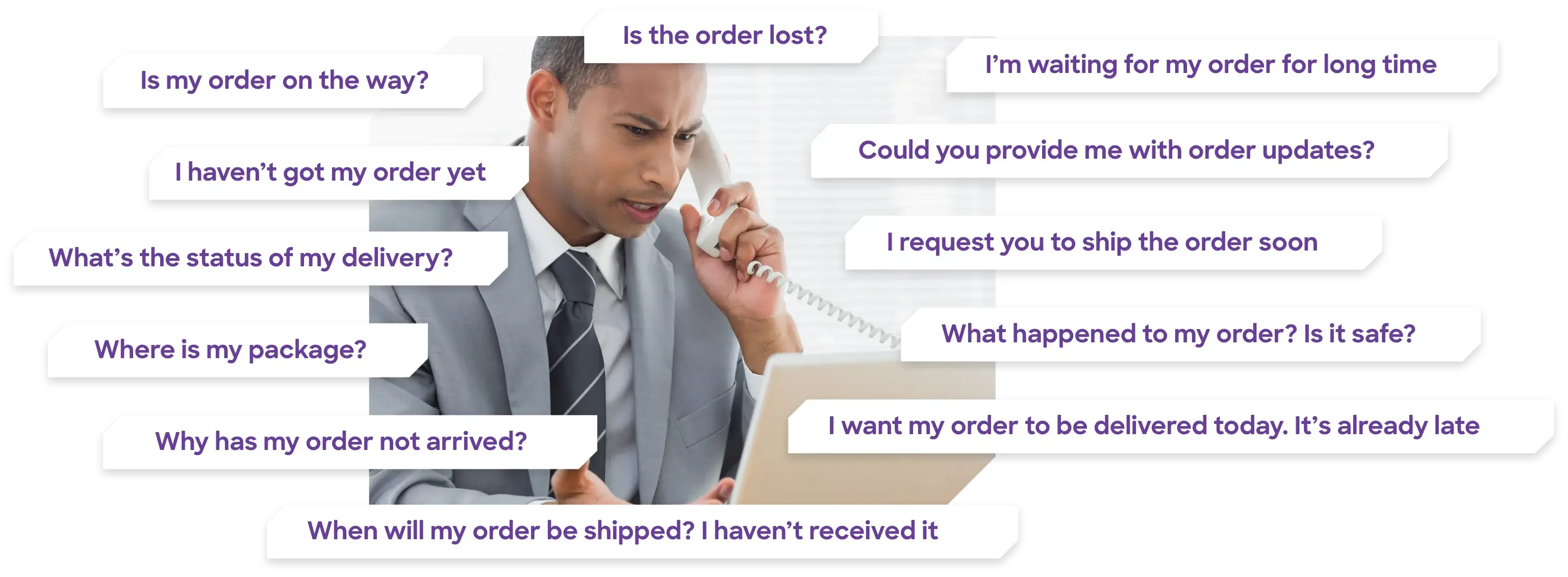
What is the normal or usual WISMO rate for retail businesses?
The WISMO rate is calculated by dividing the total number of WISMO queries by the total number of orders a business received over a particular period.
Total number of orders received
Another noteworthy metric is the WISMO call rate, which is different from the WISMO rate. This is calculated by dividing the total number of WISMO queries by the total number of customer queries.
Total number of customer queries
For simplicity, we typically utilize the WISMO rate rather than the WISMO call rate.
For retail businesses, effectively managing WISMO (Where Is My Order?) rates is crucial, as these rates can significantly vary between peak and non-peak periods due to fluctuations in customer purchasing behaviors. While WISMO rates can differ based on the nature of the business, customer demand, industry, and fulfillment model, logistics experts generally agree the numbers below as healthy WISMO rates for a business.
The new fulfillment models in logistics

| Usual WISMO rates for non-peak months | Usual WISMO rates for peak Months |
|---|---|
| 2% - 5% | 5% - 10% |
Regular seasons
During non-peak months, when consumer shopping is typically regular and predictable, retail businesses can expect a lower WISMO rate, ideally between 2% to 5%. This rate is achievable because the demand on logistics and customer service is relatively stable, which allows for consistent communication and efficient order tracking.
Peak seasons
Conversely, order volumes substantially increase during peak months such as holiday seasons, back-to-school periods, or major sales promotions like Black Friday. During such times, a WISMO rate of 5% to 10% might be considered acceptable due to the increased complexities involved in managing a much larger volume of transactions and the higher likelihood of delivery delays or issues.
To accommodate these fluctuations, it’s important for retail businesses to proactively adjust their operational strategies. This may involve scaling up logistics resources, enhancing the capacity of customer service teams, implementing more robust order tracking technologies, and refining delivery estimates to set realistic customer expectations. By strengthening these areas, retailers can better manage WISMO rates and maintain customer satisfaction even when the system is under significant pressure, ensuring that both peak and non-peak months are managed as efficiently as possible.
Peak season shipping

What leads to a high number of WISMO calls?
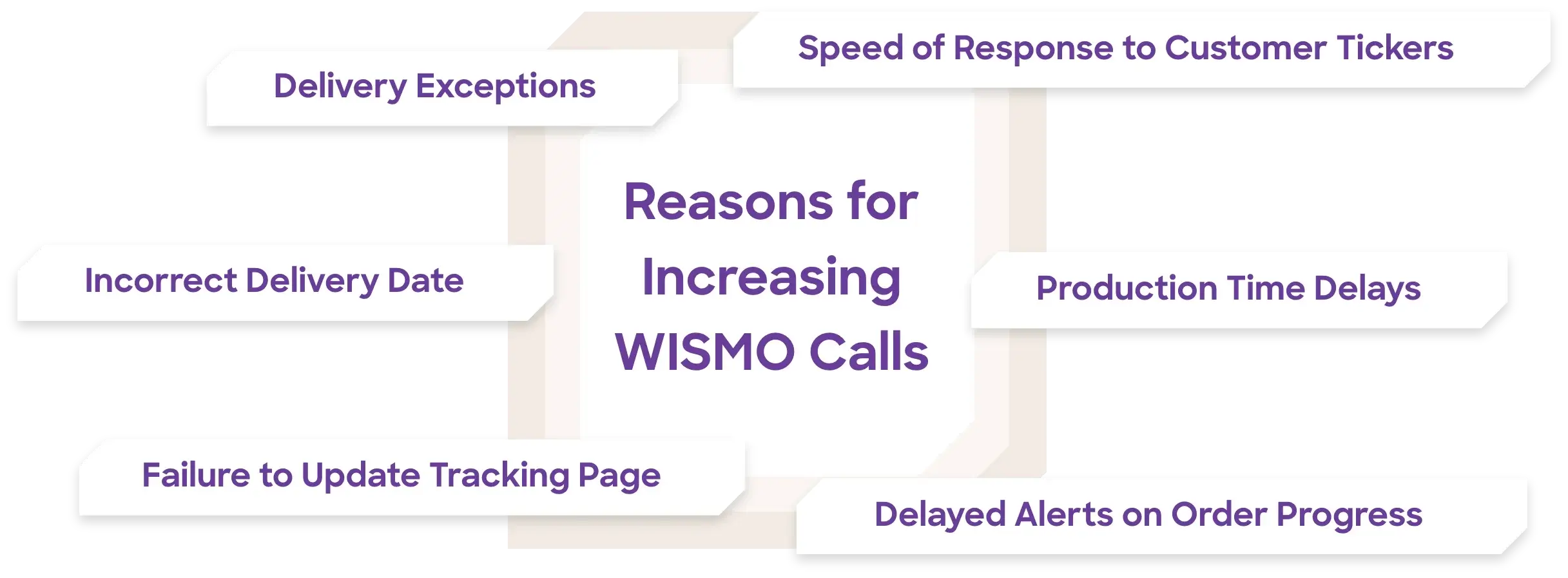
Increasing WISMO calls in logistics often indicate fundamental issues in fulfillment operations such as:
Poor handling of delivery exceptions
Unexpected issues during the delivery process, such as damaged goods or missed delivery windows, often prompt customers to inquire about their orders.
Incorrect delivery date
Providing customers with inaccurate delivery dates leads to confusion and an increase in WISMO calls when orders do not arrive as expected.
Failure to update tracking page
When tracking pages are not regularly updated, customers lack the necessary visibility into the status of their shipments, causing them to reach out for updates.
Production time delays
Delays in production can push back dispatch times, leading to discrepancies between expected and actual delivery dates, thereby increasing customer inquiries.
Slow responses to customer requests
This often increases uncertainty in the minds of customers about order status, leading to more follow-up calls.
Delayed alerts on order progress
When customers do not have regular updates on their order status, they are more likely to make WISMO calls to gain clarity on their order status.
By addressing these issues, businesses can enhance their communication and operational efficiency, significantly reducing the volume of WISMO calls.
3 Reasons why real-time communication is a must for delivery & fulfillment
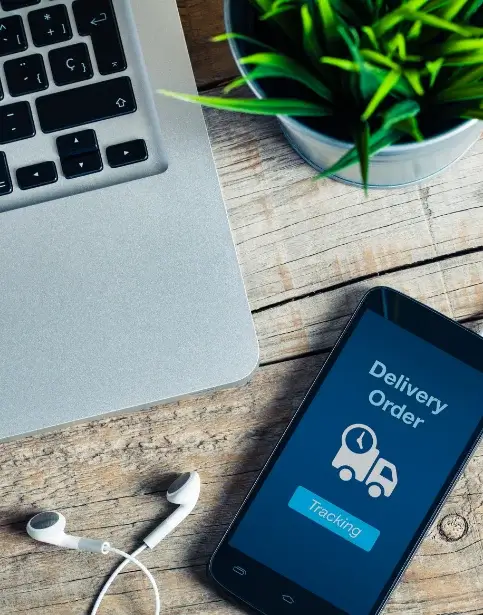
Why should retail businesses focus on reducing WISMO calls?
Retail businesses should focus on reducing WISMO calls because these inquiries often indicate customer anxiety about delivery status and can reflect poorly on a company’s brand image, which hurts future business. By minimizing these calls, businesses enhance customer satisfaction through clearer and more reliable communication about shipment statuses. This improvement not only boosts customer trust and loyalty, but also allows staff to shift their focus from frequent customer service inquiries to more productive tasks, thereby enhancing overall operational efficiency and reducing overhead costs.
Additionally, the real cost of WISMO calls extends beyond routine customer service interactions. Each call represents a potential disruption in the customer experience and adds to operational expenses. A high volume of these inquiries consumes significant staff time and resources, which could otherwise be used to improve service quality or expand business operations.
Frequent WISMO calls also often signal underlying inefficiencies in logistics and delivery systems, potentially leading to increased returns or cancellations. Such issues can negatively impact revenue and damage the brand’s reputation, potentially driving customers to competitors. By effectively reducing WISMO calls, retail businesses can lower hidden costs, enhance service reliability, and strengthen customer loyalty, ultimately benefiting both the business and its customers.
7 ways retailers can reduce delivery costs

Six logistics technologies retail businesses should employ to cut WISMO rates down
Retail businesses can significantly lower their WISMO (Where Is My Order?) rates by integrating specific logistics technologies that enhance transparency and efficiency. These technologies streamline communication and operational processes, ensuring that customers have up-to-date information and reducing the need for them to inquire about their orders.
Logistics trends 2024

1. Advanced tracking systems
Advanced tracking systems provide real-time tracking data on shipments, allowing customers to see exactly where their order is at any moment. This level of detail helps prevent frustration and reduces the frequency of WISMO calls, as customers aren’t left wondering about their order’s whereabouts. Implementing these systems demonstrates a commitment to open communication, fostering trust and customer satisfaction.
How real-time tracking impacts customer experience
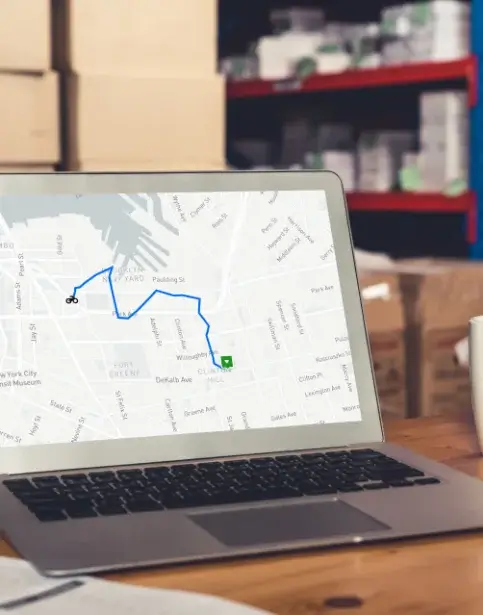
2. Automated customer notifications
Automated systems for customer notifications send timely updates about an order’s status through emails or SMS. For example, when an order is shipped or out for delivery, the customer receives an automatic notification. This proactive approach keeps customers informed before they feel the need to reach out, thereby decreasing WISMO calls and enhancing the overall customer experience.
3. Robust order management systems
A robust order management system ensures that all customer orders are processed accurately and efficiently from the start. This system reduces errors in order fulfillment, such as incorrect items being shipped or delays in processing. Fewer errors mean fewer reasons for customers to make WISMO calls, thereby improving the efficiency of the supply chain and customer satisfaction.
Additionally, managing reverse pickup time commitments is a significant challenge in delivery logistics. The impact of return pickups on a business can be substantial in terms of cost and customer experience. A robust order management system can cluster pickups and deliveries for higher route efficiency, drop density, and profitability. By automatically outsourcing pickups to carriers with dedicated reverse logistics capabilities, it simplifies and streamlines return management, making it more efficient and cost-effective.
Locus’ guide to optimal last-mile order management system

4. Delivery-Linked Checkout (DLC)
A critical technology that can reduce WISMO (Where Is My Order) calls is delivery-linked checkout or time slot management. This allows customers to choose their preferred delivery time slot adds predictability to the order fulfillment process.
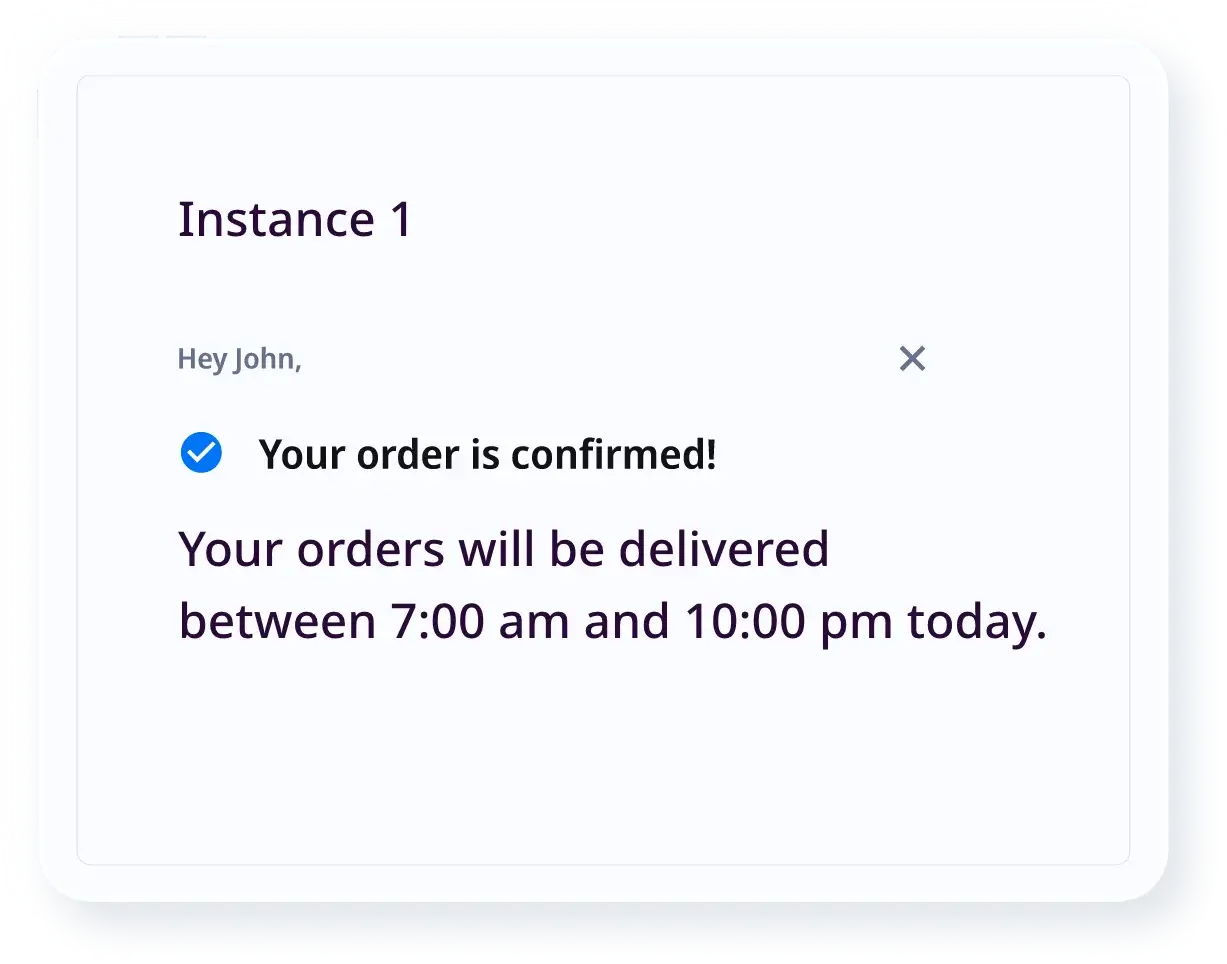
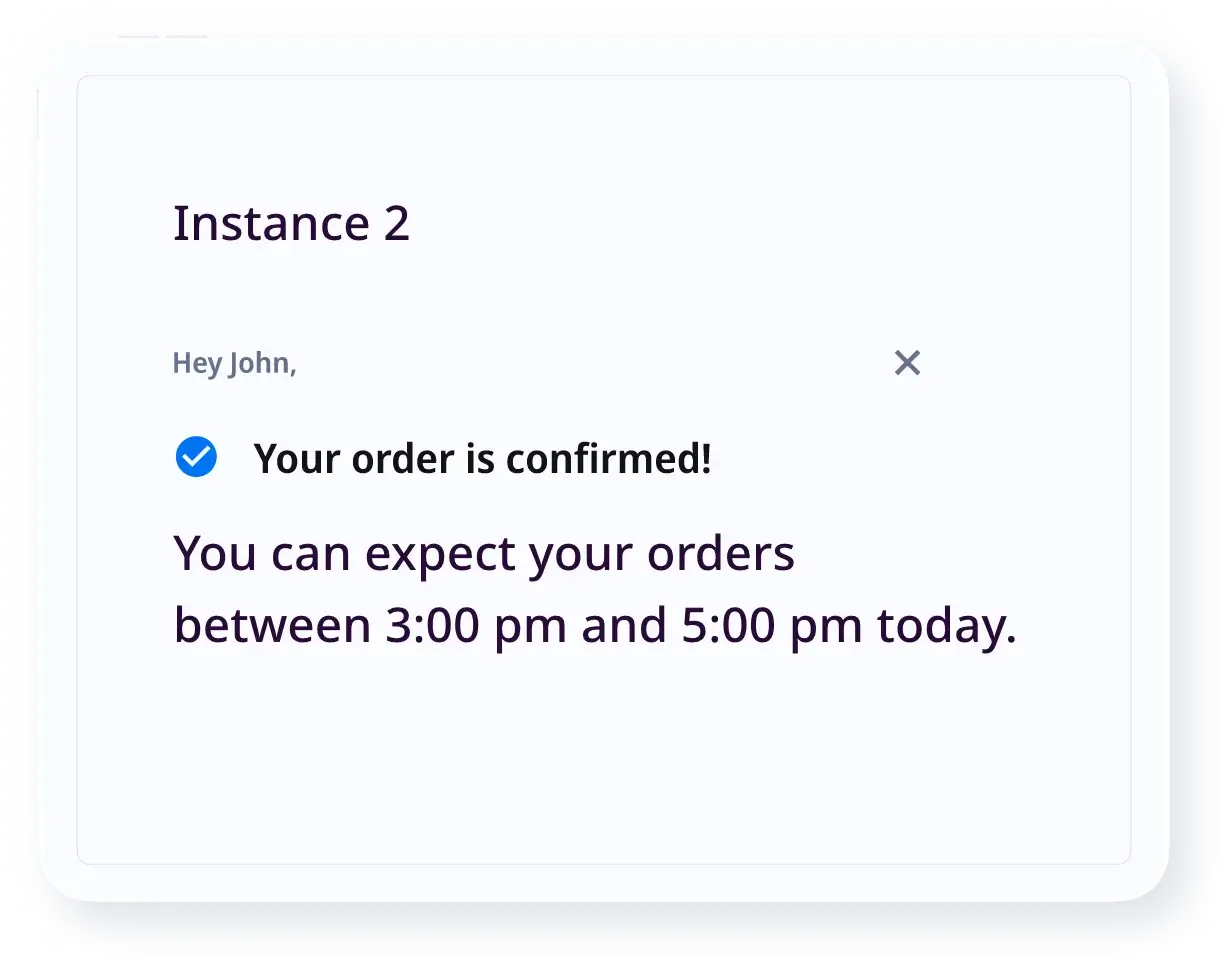
In the first instance, the delivery window is broad and vague. A customer who is at work or has other commitments may find it difficult to be present for the delivery. This uncertainty often leads to WISMO requests via chat, email, or phone, and increases the likelihood of missed deliveries.
By investing in a delivery-linked checkout feature, retail businesses can offer fast, predictable, flexible, and convenient fulfillment. This system enables dynamic delivery forecasts based on Expected Time of Arrival (ETA), sends predictive alerts and live tracking updates, and allows for the easy prioritization of orders and fleet assignments.
Additionally, it can generate new revenue streams by charging higher fees for express delivery time slots and catering to eco-aware customers with sustainable time slots. Even if customers need to reschedule deliveries or if there is a delivery exception, they can select a convenient time slot, thereby minimizing delivery failures. This approach reduces overall WISMO calls and makes deliveries more predictable, convenient, and trustworthy.
Time-slot management: are you ready to deliver at the customer’s command?

5. Dynamic routing software
Dynamic routing software optimizes delivery paths by analyzing variables like traffic patterns, weather conditions, and delivery urgencies, among hundreds of other variables. More efficient routes mean quicker delivery times and fewer delays, which are common reasons for WISMO calls. By consistently ensuring timely deliveries, retailers can significantly reduce customer inquiries related to late shipments.
The definitive guide to logistics route optimisation

6. Integrated customer service tools
Integrating customer service tools with logistics software allows customer service agents to access real-time, detailed information about shipments. This integration enables agents to provide quick and accurate responses to customer inquiries, effectively reducing the need for multiple follow-up calls. Efficient customer service builds trust and reduces overall WISMO call volumes by resolving issues promptly and effectively.
Time to value for the last-mile delivery

Make real-time communication seamless and effective with Locus’ dispatch management platform
Retail businesses can significantly reduce WISMO calls, streamline logistics operations, and enhance customer experience by integrating certain key technologies. This strategic integration not only mitigates immediate issues related to order status inquiries but also establishes a foundation for long-term customer loyalty and operational excellence. A critical question arises: which technology platforms should a retail business invest in to maintain a low WISMO rate? Among the top tech partners offering innovative solutions for retail logistics is Locus with its Dispatch Management Platform (DMP).
Five ways to get dispatch management right for your business
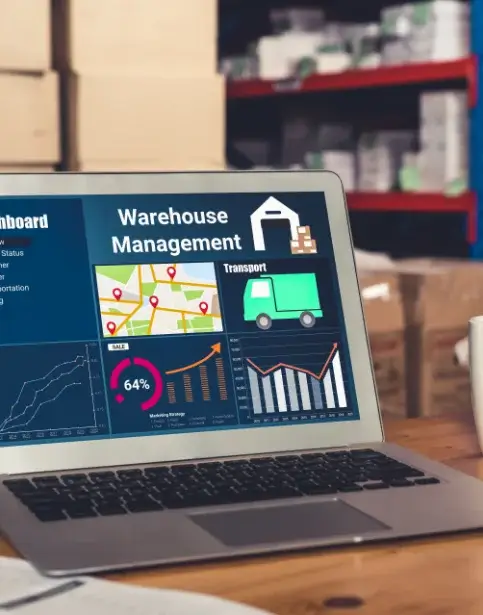
Locus’ Dispatch Management Platform is an advanced solution designed to lower WISMO rates for retail businesses. It incorporates sophisticated routing algorithms and real-time tracking capabilities, ensuring customers are well-informed about the status of their orders, which significantly reduces the need for WISMO inquiries. The platform’s capacity to dynamically adapt routes based on real-time traffic, weather conditions, and other variables is crucial in maintaining prompt deliveries. This responsiveness helps prevent delays or lost shipments, reducing customer inquiries.
The platform also promotes proactive customer communication, automatically updating customers on any changes or developments regarding their delivery status. This level of transparency builds trust and enhances the customer experience. Furthermore, Locus’ platform optimizes the dispatch process from the moment an order is received to its delivery, which markedly boosts operational efficiency and decreases the likelihood of errors leading to WISMO calls. Its powerful analytics tools analyze delivery performance and identify patterns that could potentially disrupt service, enabling businesses to proactively address issues and adjust operations effectively. Especially during peak periods, this foresight facilitates a more seamless delivery process.
Retail businesses can easily integrate Locus' Dispatch Management Platform with their existing Transportation Management System (TMS) tech stack. This integration is designed to be cost-effective and seamless, so businesses need not worry about high expenses. The platform ensures secure and effective internal information sharing, maintaining the confidentiality and integrity of your data.
Investing in Locus' Dispatch Management Platform is a worthwhile decision that can significantly reduce WISMO (Where Is My Order) calls. By providing accurate delivery forecasts, real-time tracking, and dynamic time slot management, the platform enhances the predictability of deliveries. This leads to fewer customer inquiries about order statuses, improving overall customer satisfaction and operational efficiency.




